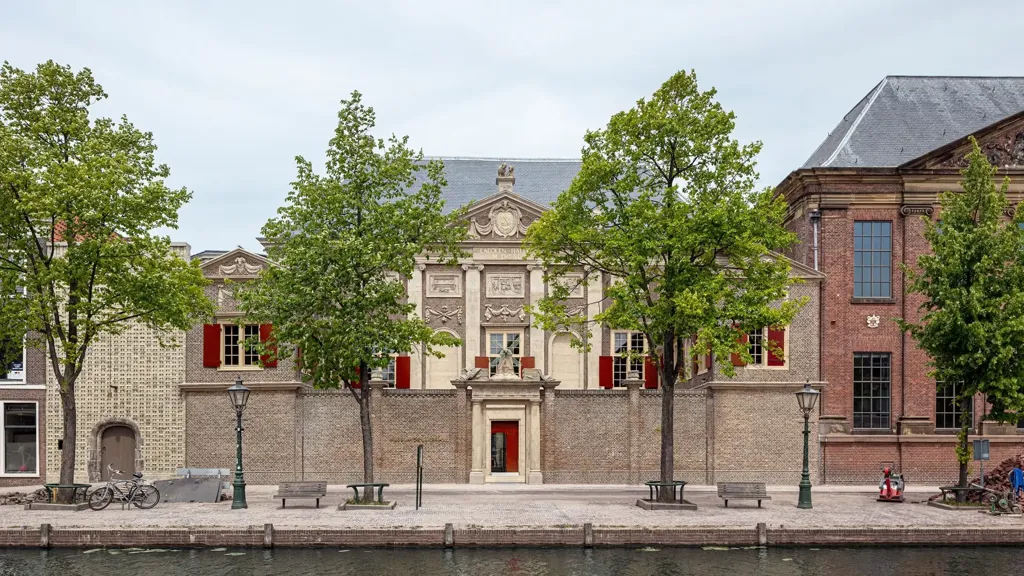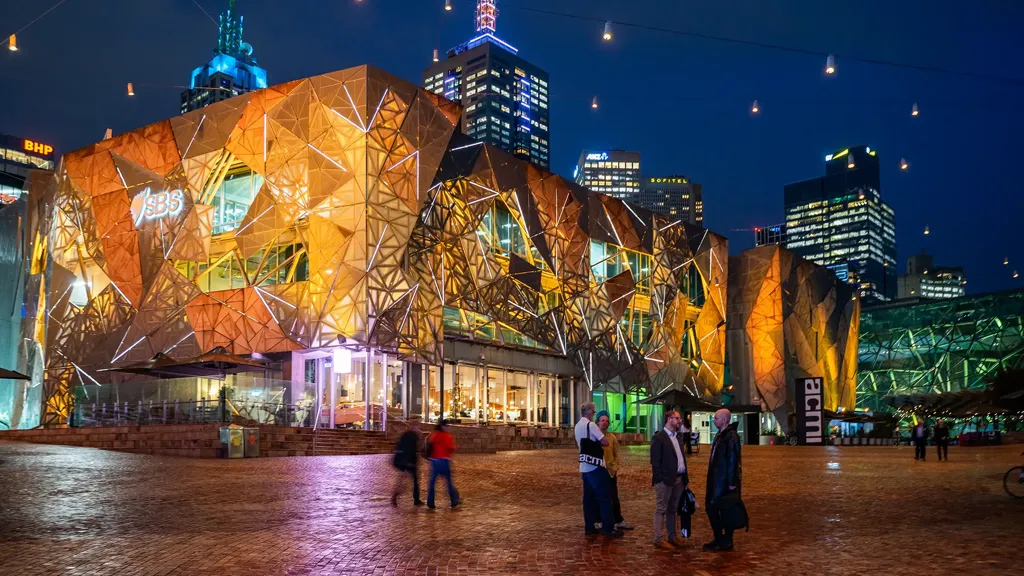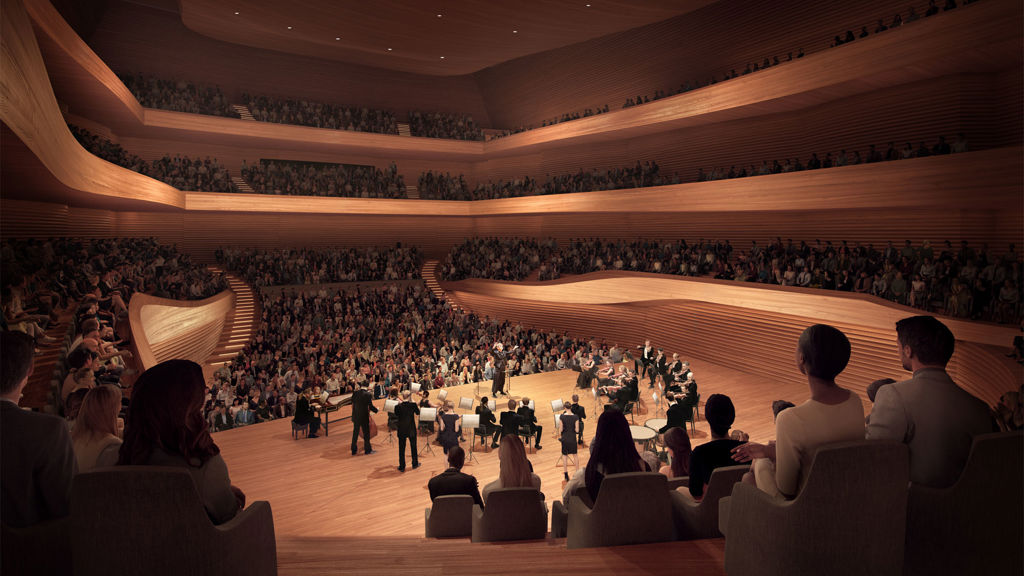The Jagadguru Kripalu Parishat (JKP) Foundation chose Arup to design the Hindu Heritage Experience (HHE) Centre in Mangarh, Uttar Pradesh.
The HHE is a spiritual centre based on the life and teachings of Jagadguruttam Shree Kripalu Ji Maharaj, a significant figure in the Hindu religion. The project delivers an immersive experience that transforms spiritual teachings into an inspirational experiential journey.
An inspirational concept
The masterplan, landscape and buildings use symbolic forms to evoke emotion through the senses of scent, sight, sound and touch to deliver a new civic campus for the philanthropic foundation that owns the site. Charitable operations across the complex include free hospitals, educational facilities, and grain distribution centres for the community.
The complex is made up of two buildings, the main one shaped as a lotus flower and the second resembling two hands coming together in the Namaste gesture. The Lotus will host immersive exhibitions while Namaste will home valuable relics and provide space to study Jagadguru’s teachings.
We used advanced digital tools to visualise the intricate geometry of the museum, improving buildability, facilitating prefabrication and optimising energy performance.
Improving buildability through digital design
The geometry of the museum posed interesting challenges. We began by creating a digital twin using advanced modelling, documenting and streamlining every radius and setting the principles for the lotus flower shell and Namaste structure. For simplicity, we repeated patterns where appropriate and introduced symmetry to the shells.
We simplified the cladding of the structures to allow the client to employ local craftspeople. Working with the structural and parametric team, we produced an algorithm to subdivide the structural shells for individual tiles. This generated 50 families of tile types with a huge variation in dimensions. By recalibrating the parameters of the model, adjusting tolerances and splitting the structure into equal parts, we reduced the number to 20 families of tiles to be replicated across the shells.









